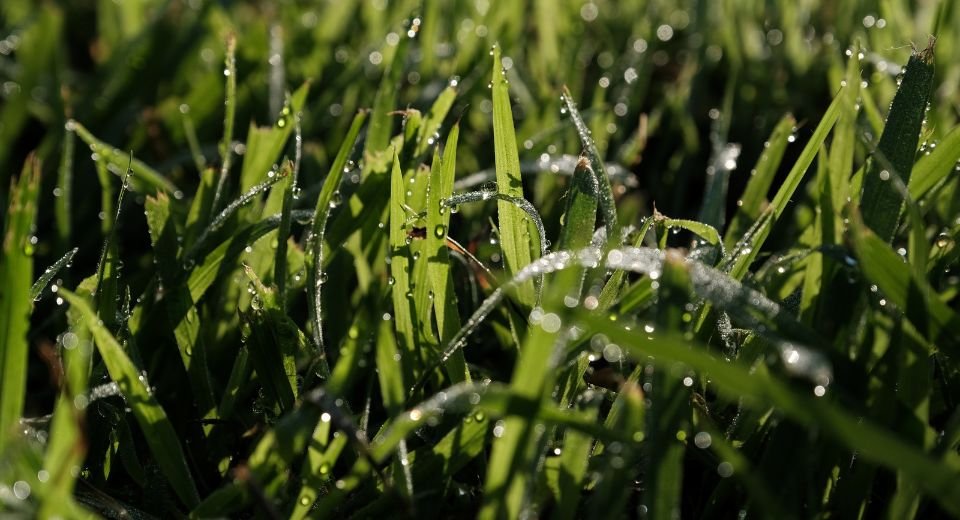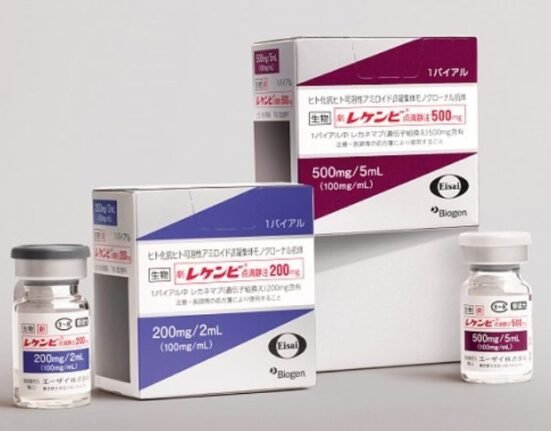HQ Team
September 25, 2023: Record-breaking heatwaves have impacted agricultural production in Japan and the East Asian nation may look at imports to meet supply shortfalls.
According to an assessment by the United States Department of Agriculture, a combination of high temperatures and low rainfall has raised concerns about the potential withering of crops.
The average temperature between June and August was about 1.76 degrees Celsius. It was higher than the 1991-2020 average — making it the highest temperature increase on record.
This has “damaged summer vegetables and delayed the planting of autumn and winter vegetables in Japan,” the USDA stated in an emailed report.
‘Poor flowering’
“Summer and autumn vegetables, which are currently in the harvesting stage, have seen low yields due to poor flowering,” according to the report by USDA’s Foreign Agricultural Service.
Among Japan’s agricultural products, fresh vegetables have one of the highest self-sufficiency rates at about 95%. Japan relies on imports for just about 5% of its fresh vegetable supply.
Hokkaido, the northernmost of Japan’s main islands, which experiences lower temperatures than the rest of the country, has seen unusually hot weather.
In central Hokkaido, tomatoes are not pollinating properly, resulting in a lack of “fruit setting” and pushing yields down between 10 and 20%.
“When they do set fruit, there is a high incidence of softening and sunburn, leading to an increase in discarded and low-grade produce.”
Yields fall
Central and southern Hokkaido have seen broccoli production suffer.
JA Group, a farming cooperative, reported that “due to rotting and inability to produce marketable products, yields have significantly decreased.”
In Yamagata prefecture, producers are facing issues such as withered soybeans, inability to harvest due to premature growth, and days when the daily collection amount is half that of the previous year.
In Toyama prefecture, there are concerns about a reduction in soybean yield. Due to the impact of flowers falling due to high temperatures, there are fewer pods than usual.
Planting season
There are also fields where the leaves turn yellow due to damage from mites that could spread under high-temperature and dry conditions, potentially affecting the enlargement of seeds.
Planting of autumn and winter vegetables such as cabbage, lettuce, carrot, radish, broccoli, cauliflower, celery and spinach usually begins in late August to early September.
This year there are “concerns of potential withering.” Farmers have also expressed concern about future increases in pests and diseases.
The impact is also spreading to the Tohoku region which sits just south of Hokkaido on the main island of Honshu.
Onions, celery
Farmers in Fukushima prefecture have reported damage to cucumbers grown in open fields, such as bending and swelling.
As Japan may face a delayed or short supply of domestic vegetables, importers may seek additional spot-based procurements for autumn and winter vegetables such as onions, celery, and broccoli.
The United States is a key supplier of these products to Japan, although volumes have been fairly limited in years when Japan has normal yields.
The report’s assessments are made by the USDA staff and are not statements of official US government policy.








